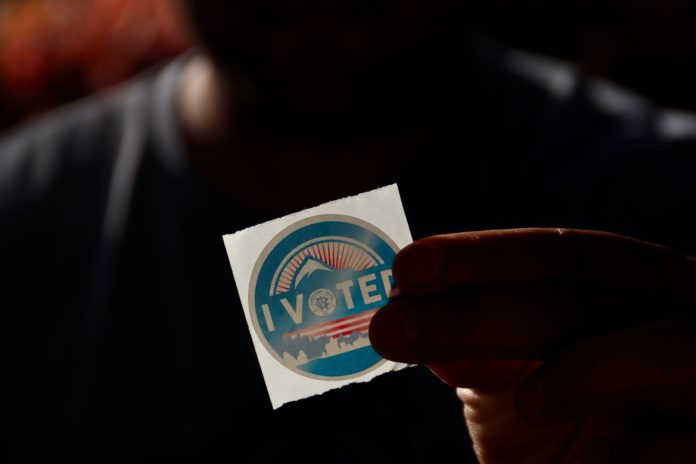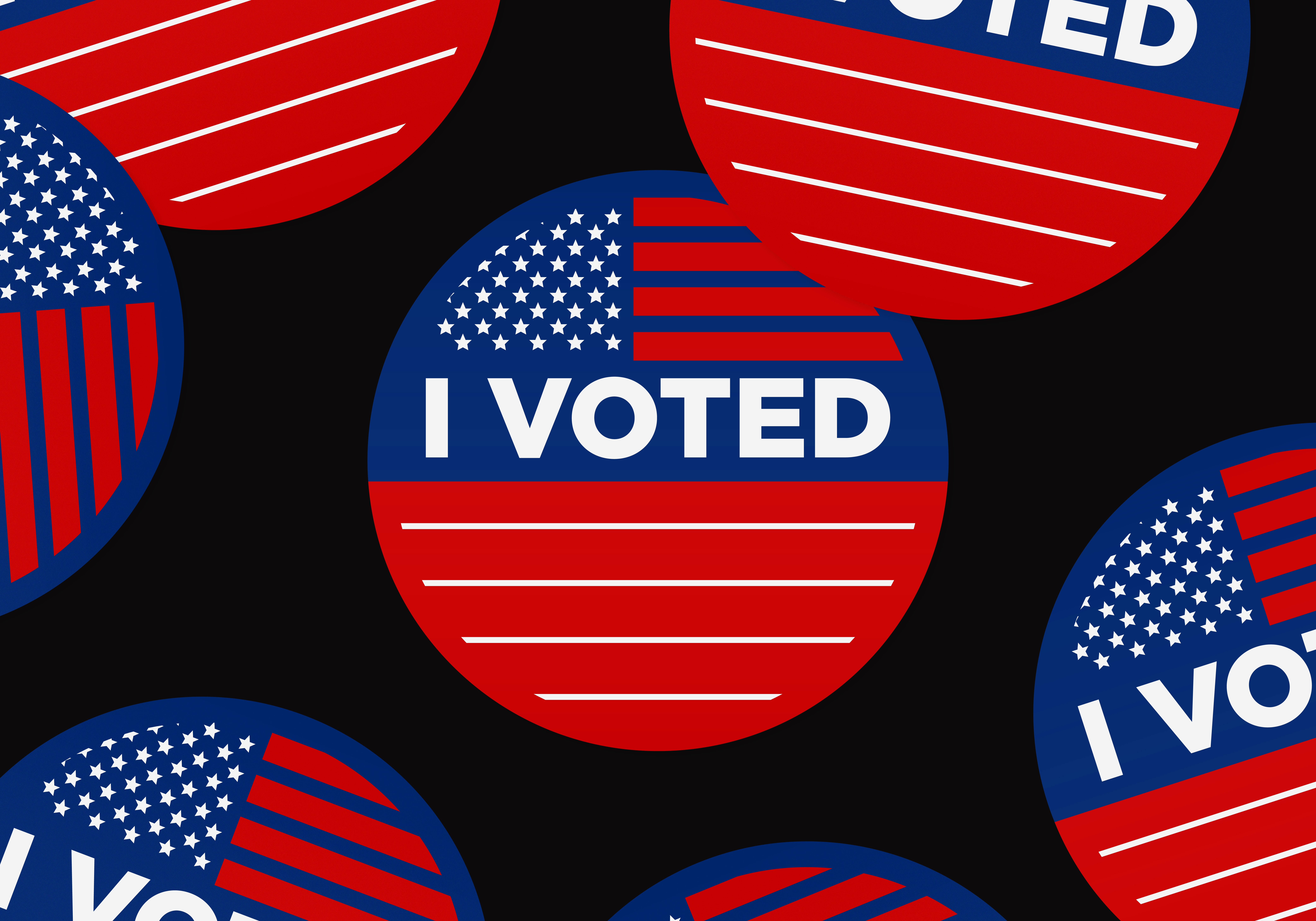Opinions expressed within are the property of their author and do not necessarily reflect the opinion of any other member or the Tiger Town Observer itself.
The unprecedented rise of a political outsider like Donald Trump marks a significant shift in American politics. This shift is primarily attributable to the movement of American labor. Traditionally a Democrat voting base, the working class has gradually begun to realign with the Republican party. While much of that change arguably began under Reagan in the 1980s, it waffled for years until the election of Trump, where it became a dependable base of Republican support.
Working class voters in the past fought for a multitude of causes, supporting many liberal social programs. Some of these benefited labor, such as collective bargaining rights. Others, like affirmative action or welfare programs, aided special interest groups. As long as special interest groups could be counted on to support union causes at the polls, labor and minority groups maintained a healthy coalition. However, in the last few decades divisions have begun to fracture this coalition.
Neatly illustrated by Hillbilly Elegy, J.D. Vance argues that among working class whites there are now two kinds of voters: the working class and the poor. While in upper middle professional circles the working class is an umbrella term used to describe the lower middle class, this really confuses two different groups. Working class whites may live near the poverty line, but they rarely benefit from welfare programs. The lower middle class and the poor are two very different groups. While the lower class may be economically closer to the poor than the elite professional class, they hold a very different perspective on political and social issues. They tend to be intensely patriotic union workers who want to make sure their jobs and livelihoods are protected from either competition from abroad or excessive domestic regulations.
The poor on the other hand have little to lose from government regulation or from global economic competition. These individuals rely on welfare programs, healthcare, and government financial support. Consequently, they tend to support progressive causes. This cleavage explains Trump’s success in the 2016 election. Whereas the lower economic classes formerly united under the Democratic banner, the divergence in their interests has become more pronounced, particularly as global competition has weakened the bargaining power of unions. The anti-woke vernacular effectively used by Trump has solidified the lower working class into a self-conscious constituency firmly opposed to the progressive politics of both the elite and welfare classes.
The working class supported Trump for two main reasons: (1) he claimed to be anti-establishment and a champion of populism and (2) he highlighted the distance between progressive policies and the economic interests of the working class. With the rise of Trump, the left has also shifted its emphasis. Rather than focusing on policies that might benefit the lower working class such as progressive taxation, they have moved in the direction of identity politics. Bernie Sanders is the most obvious victim of this shift. Although he represented the kind of candidate that might bring the working class back to the folds of the Democratic party, he was quickly outflanked by the party’s identity politics wing.
Trump’s 2016 victory over Democrats began with the working class, but two questions remain: Can the Republican party hold on to these votes and increase its margins in 2024 without the radical likes of Donald Trump? Perhaps the more interesting question is, where would the party find the votes to make up for the deficit in 2020? The answer to the first question- “can the Republican party hold on to these votes without Trump?” is probably “no.” First, one of the primary reasons the working class vote shocked politicos is that many of these voters were not true Republicans; they were Trump Republicans. A labor-intensive lifestyle, simple disinterest in political life, and a lack of civic education made voter turnout abysmal in these groups for many years. Trump brought these voters back to life. Many returned from their voting hiatus with enthusiasm for Trump’s frankness, his willingness to “tell ‘em how it is” and anti-establishment ideologies. Why did Trump have this effect? These working-class voters suffered under stagnant wages for the last forty or so years. The rise of globalization shifted the reliance on the working class from a national stage to a global one. This forced these individuals to compete on a global level for jobs and wages.
Automation also contributed to the gutting of medium-skill workers, replacing routine-task jobs with machines and computers who can do the work in their place. Trump turned these economic phenomena into a political argument – that the elites, the deep state, were doing this to them. Trump dressed himself in the trappings of a radical savior who could help them defeat the elites who are destroying their jobs and livelihoods. However, this dogma of anti-elitism overlooks the inevitability of a modernizing economy. Trump’s political strategy focuses on targeting an enemy and sending the establishment up in flames. These working-class voters tend to be attracted to political outsiders who claim that the “system” is rigged against them. The unfortunate problem is that the candidates they are attracted to tend to be good at burning everything down but not-so-good at raising up a new edifice. As a result, these candidates face a short shelf-life. The Republican party may not want to take another chance on Donald Trump, but they can hardly afford not to. Republicans are facing not one, but two major challenges in the upcoming elections: (1) maintaining the support of so-called “Trump Republicans” and (2) making up for the deficit that led to its defeat in 2020.
This brings us to our second question: Where would the party find the votes to make up for the deficit in 2020? In the last election, Biden’s winnings suggest that his largest support base came from high-income suburbs.
The upper middle class is a solid voting block for four reasons:
1. Voter turnout is consistent. These individuals received a strong civic education and have the time and knowledge to exercise their right to vote consistently.
2. They support establishment party members. These individuals have grown up hearing their parents and grandparents discuss establishment party members and are familiar with their names and faces, meaning they are comfortable voting for them.
3. They have consistent exposure to mainstream news media. They tend to be politically aware and have a strong understanding of a wide range of contemporary socio political issues.
4. Economic changes have a lesser immediate effect on their lives and livelihoods. This gives more credence to social issues as a voting factor over the economy. It also tends to give precedence to education over experience as a voting factor, allowing parties to use social media and media sources to influence voting behavior.
In the long term, It seems that the Democratic party has a leg up. If the Democrats continue to overwhelmingly secure the votes of upper middle class professionals, they will win election after election. These voters are the most consistent at the polls. They are easy to please, supporting conventional candidates over disruptive radicals. Due to their financial stability, they are also less likely to make reactionary voting decisions based on the state of the economy. They tend to be a reflection of the news they watch. Thus, they are less likely to surprise pollsters on election day. They are reliable and comprehensible.
The future of the Republican party likely rests on its ability to pull these voters from the left and tie them to the working class voters to solidify a true base. The anti-woke, anti-radical sentiment of the Republican party can pull together a loose coalition of these voters and the working class. Reactionary political strategies may bring these groups together, but they are unlikely to solidify a true base for the Republican party. The future of the Republican party cannot rest on tearing down the left for long. Bulking up the Republican base requires an agenda that looks to the future. The Republican party actually has a few options here. For one, the Latino vote has shifted notably to the right in the past few elections. Second-generation Latino voters expressed increasing support for Republican candidates in recent election seasons. Education also defines an important Republican voting base. Frustrated parents express support for the Republican party and its concern for agenda-driven public education programs. Both of these groups are frustrated with the left, but both will demand a concrete agenda from the right. The future of the Republican party rests on its ability to sharpen its agenda and address the concerns of its scattered and heterogenous voting coalition. *









